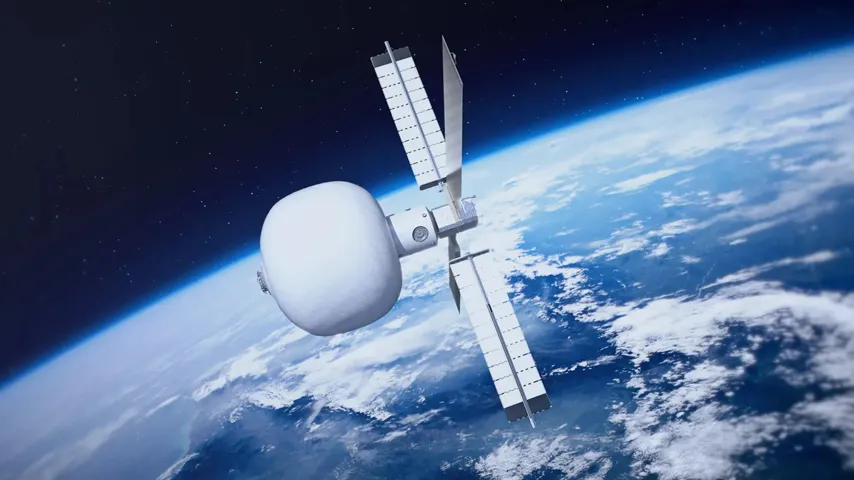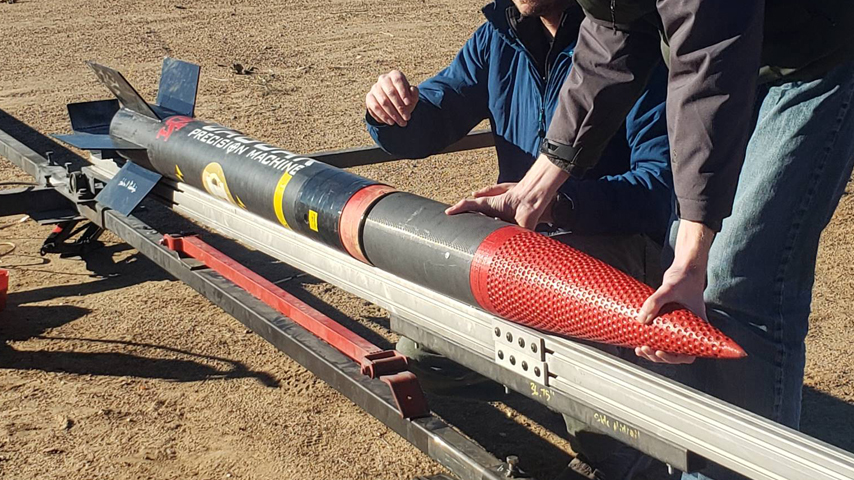Prototypes, Creativity and Grit: Students Tackle the Latest Future Engineers Challenge
Prototypes, Creativity and Grit: Students Tackle the Latest Future Engineers Challenge
Oct. 7, 2016

This summer, NASA and the ASME Foundation issued a call to K-12 students throughout the United States to design a 3D printable object that would meet the needs of an astronaut living in microgravity — and would have to ability to assemble or expand to become larger than the 3D printer located on the International Space Station. In short, to help astronauts on the ISS “think outside the box.”
And that’s exactly what the 122 K-12 students did by participating in the fourth Future Engineers Challenge, a program developed in collaboration with the ASME Foundation and NASA. The “Think Outside the Box Challenge” invited students to celebrate the launch of the Bigelow Expandable Activity Module (BEAM) — the first expandable habitat deployed on the space station — by creating new and innovative answers to potential ISS situations and needs.
Receiving submissions from 26 states, one national winner from each age division was chosen by a panel of judges that included retired astronaut Nicole Stott. The winner from the Teen Group (ages 13-19) is the Expanding Pod designed by Thomas Salverson, a native of Gretna, Neb., who is now a freshman at the University of Alabama in Huntsville. The winner of the Junior Group (ages 5-12) is the Space Anchor designed by Emily Takara of Cupertino, Calif.
The reward for their ingenuity and promise: a grand-prize trip to Las Vegas, Nev., for a tour of Bigelow Aerospace — the space technology company that developed BEAM under contract to NASA.
Salverson’s Expanding Pod is a set of containers intended for astronauts to store small items on the International Space Station. His design is comprised of multiple cylinders that slide and twist to create five sealed stowage compartments that lock into place.

“I enjoyed the difficulty of this challenge since it made me think in terms of ‘expanding’ an object, which was something I had never considered before when 3D printing,” Salverson said. “It took me many prototypes before I had successfully made my completed design, making it all the more rewarding now that I’ve been selected as a grand-prize winner.”
While researching some of the challenges that astronauts face while working in space, Emily Takara discovered that astronauts sometimes have trouble moving easily in large, open spaces. That led Emily to design the Space Anchor, an extendable arm and grabber set that prevents astronauts from getting stuck while floating in microgravity.
“This challenge taught me to persevere and be creative,” Takara said. “It has also inspired me to continue designing, as well as teach others computer-aided design.”
The “Think Outside the Box Challenge” was the fourth in a series of space innovation challenges developed by Future Engineers with the ASME Foundation, and with technical assistance provided by NASA. The series is designed to extend the reach of NASA’s In-Space Manufacturing research by inspiring and educating the next generation of scientists and engineers about 3D printing technology, space exploration and digital design skills. Previous Future Engineers challenges have called upon students to design 3D models of space tools, containers, and objects needed for the future of space exploration. The next challenge launches in October 2016.
For additional information on the Future Engineers 3D Space Challenges and upcoming challenges, visit the Future Engineers website at www.futureengineers.org. For details on ASME’s K-12 Engineering Education programs, contact Patti Jo Snyder, Programs and Philanthropy, snyderp@asme.org.
Patti Jo Snyder, Programs and Philanthropy




